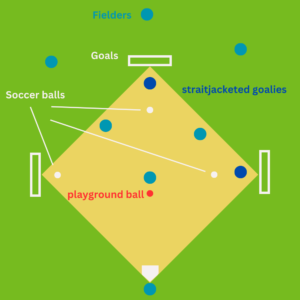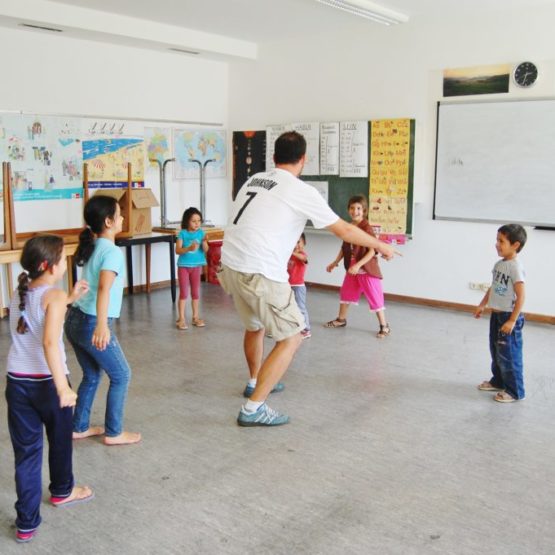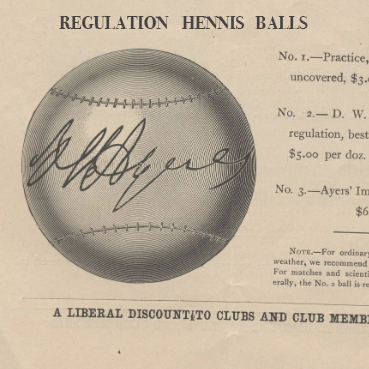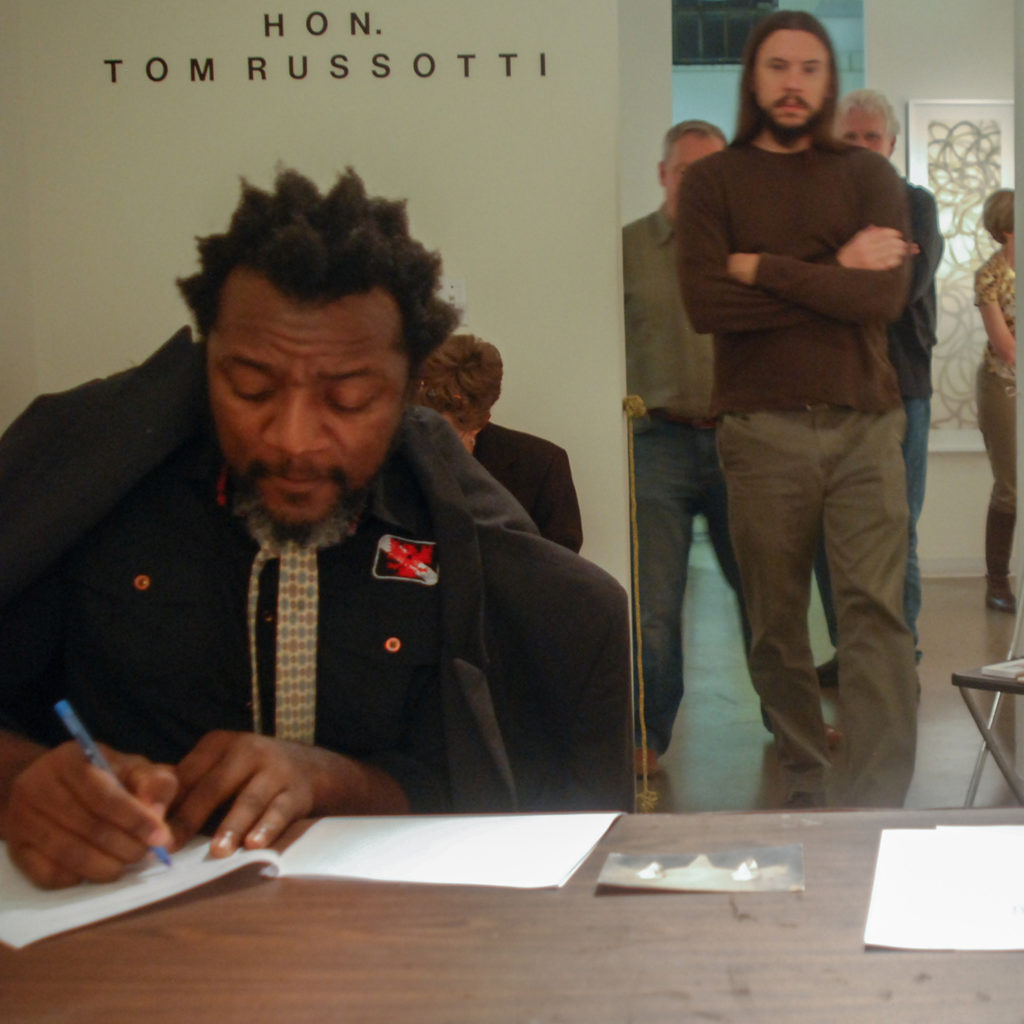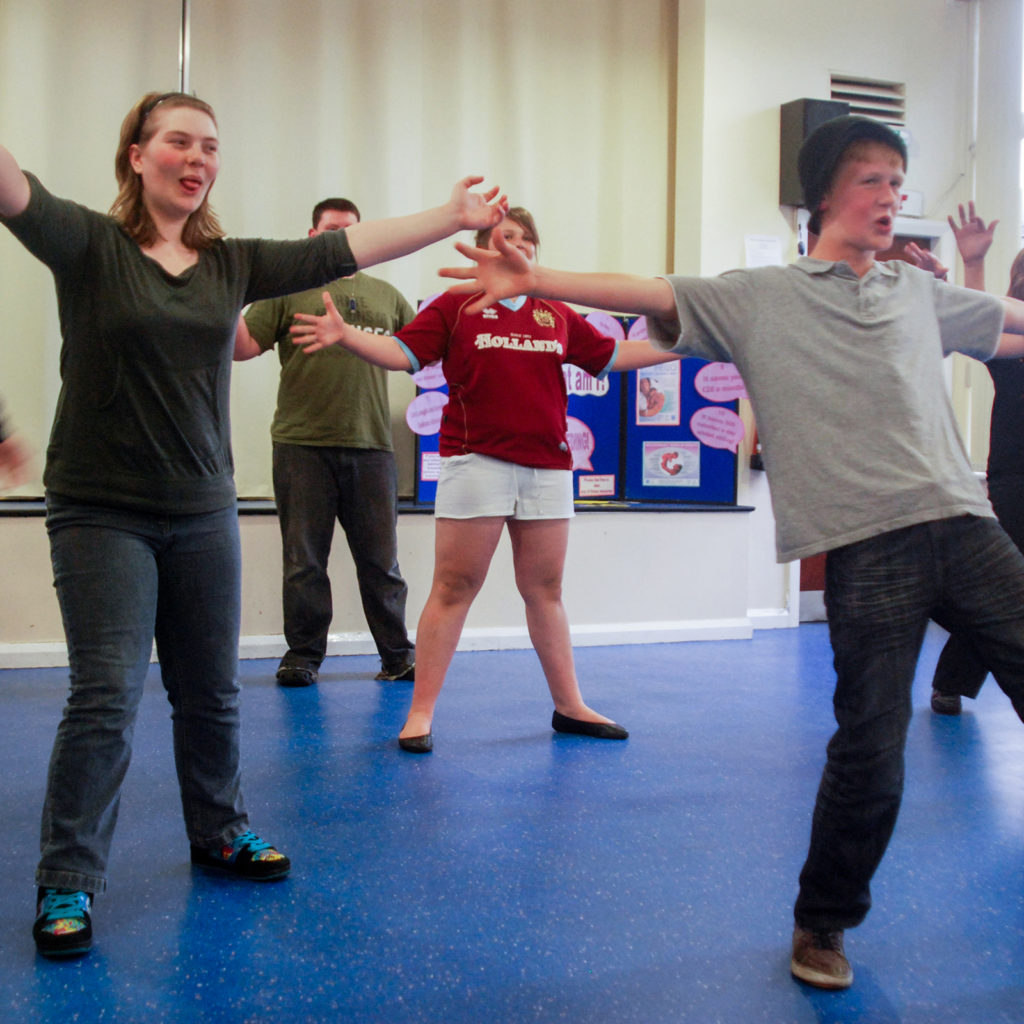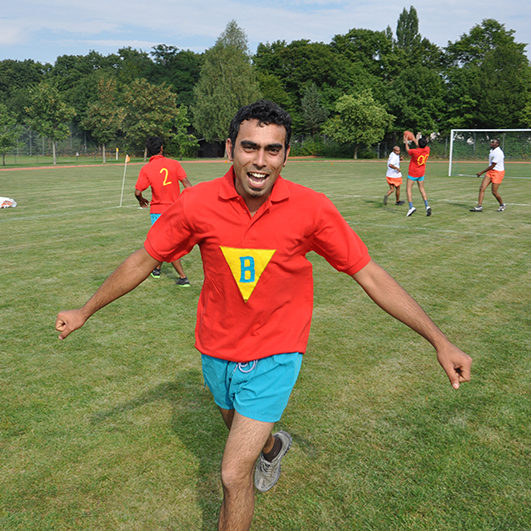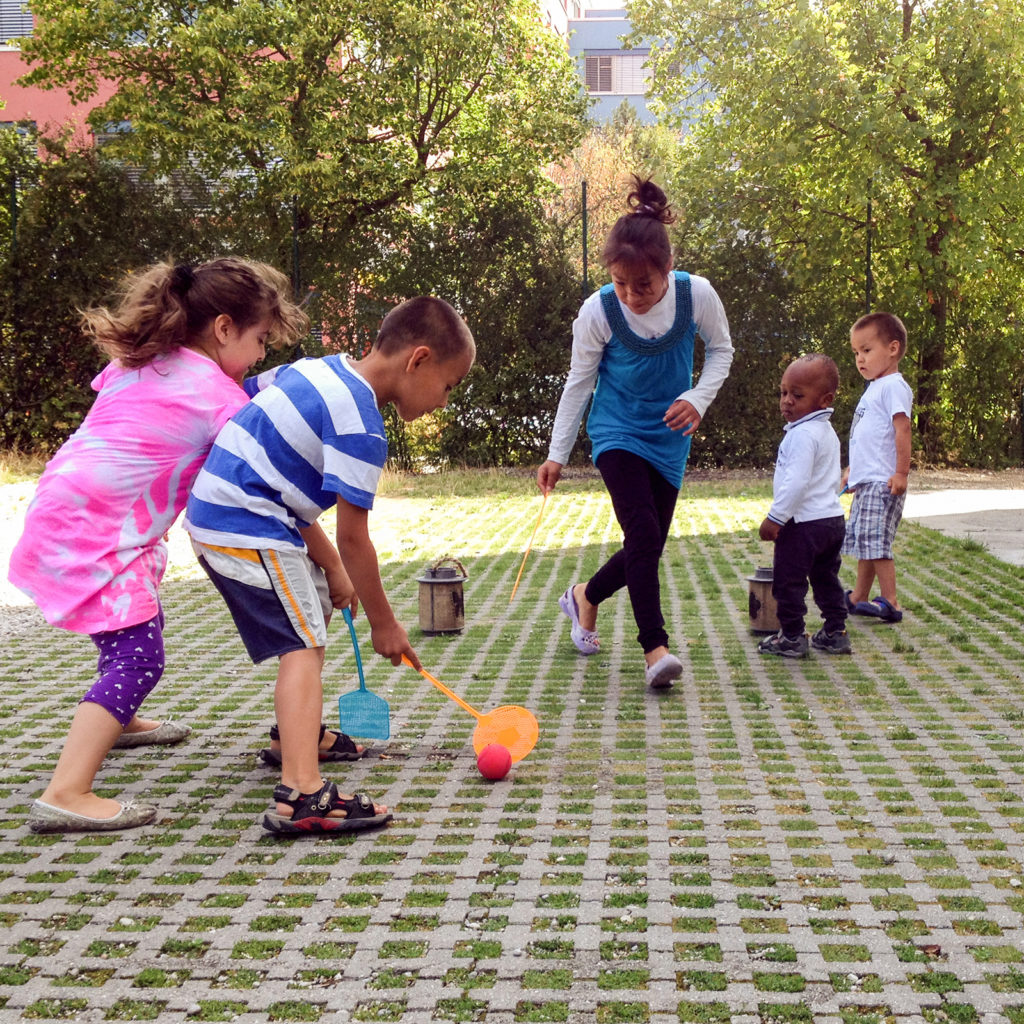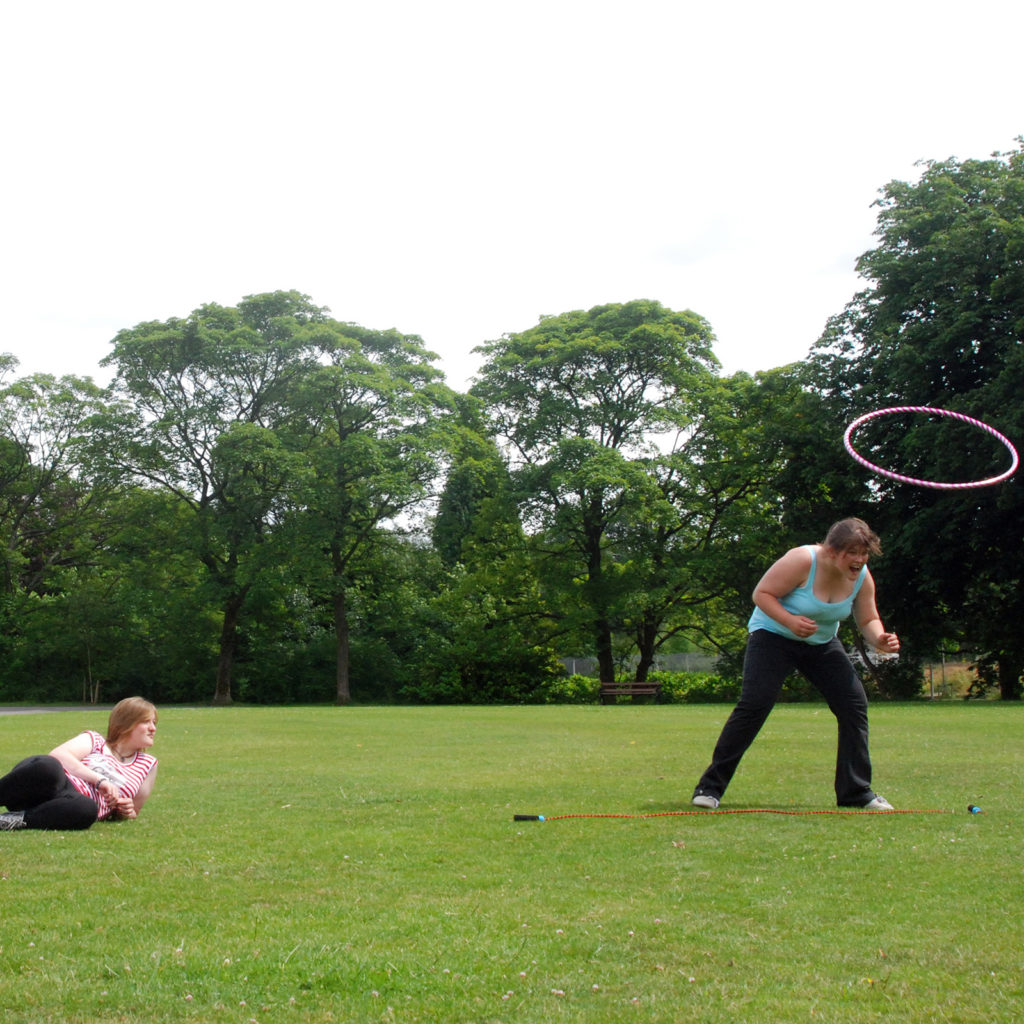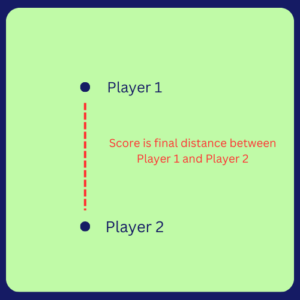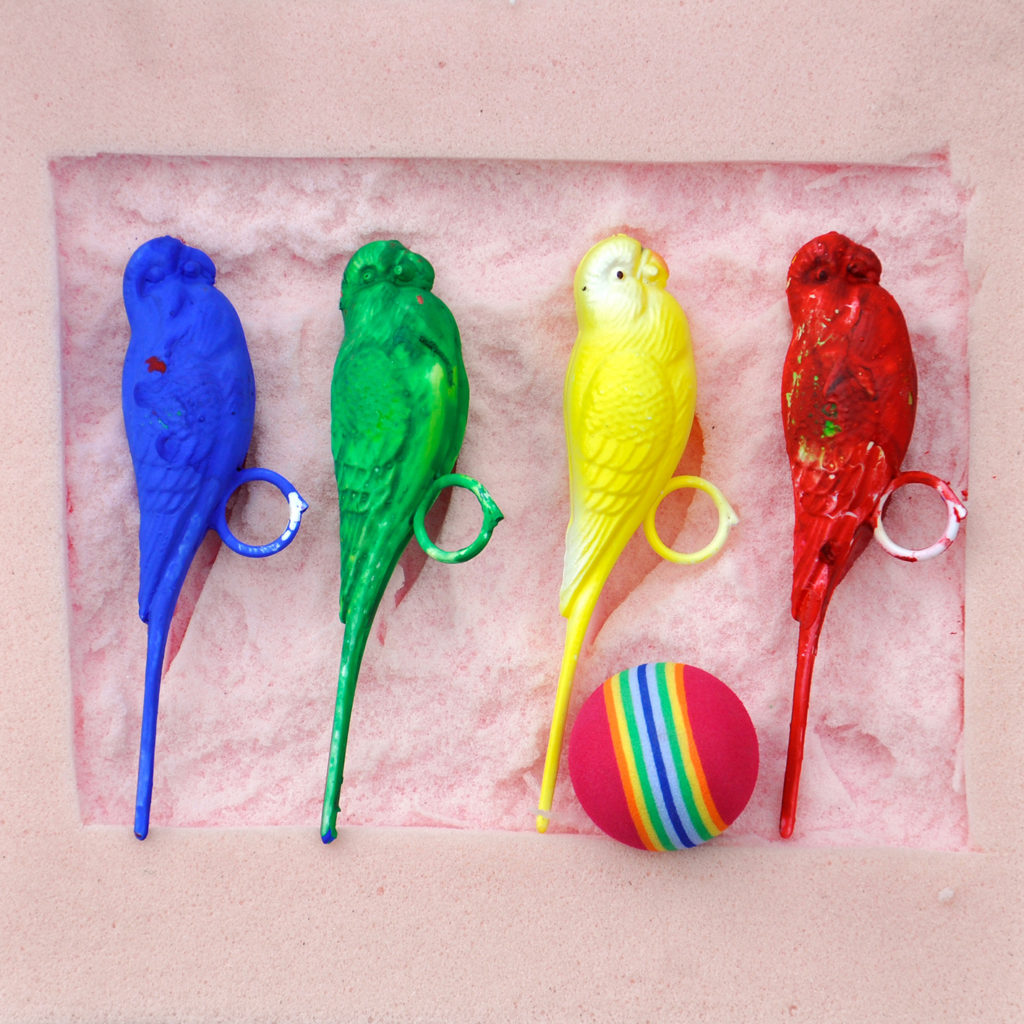Hatchjaw & Bassett
Game Type:
Art Game, Writing Game
Players:
1-2 per team and one judge
Equipment needed:
Photographs of people, either found photographs or cut outs from newspapers, magazines attached onto cardboard cards. Select photographs that contain people, either individually or in groups. Ideally there will be a wide range of people involved in different activities. Also photographs of graves or references to dead people are needed.
You can download our photographs at..
Time:
20-30 min
DOWNLOADS:
BOOKING SHEET OPENING STATEMENT RULES OF SUMMATION SUMMATION THE TRIAL TRIAL COMMENCEMENT
Rules:
Hatchjaw and Bassett is a performance writing game that takes the form of a criminal trial. Players assume the roles of lawyers and must rack up points, not by necessarily winning the trial, but by being creative and persuasive with words and text. The three parts of the game are: Pre Trail, Trial, and Final Summation.
PRE TRIAL
In Pre Trial, the judge selects an Accused card (a photograph of a person): the “particular individual” to go on trial. Players then must attempt to guess the three crimes charged to the Accused. They are handed a Booking Sheet, which is a list of crimes. They then each tell the judge the three crimes they think the Accused has been arrested for. The judge then weighs which player has been more accurate and awards that player 50 points. As well, the judge awards 15 points to the player who comes up with the best name for this defendant.
THE TRIAL ROUND
The Trial round is a card game using found photographs as Witness cards; the game is an intricate yet inabsolute series of trumps that must be argued correctly in order to be victorious.
The Defense and Prosecution will each select 15 trial cards from the deck. Each trial card has a witness of varying credibility. The Defense and Prosecution will then alternately play cards in order to attempt to win trial points. Trial points are won when one witness card is deemed more credible than the other on the table. There is no fixed hierarchy of credibility, however there are some clear rules of credibility:
Women are more credible than men
The more witnesses, the more credible they are
Authorities are more credible than civilians
Middle aged persons are more credible than young or old persons
Sober persons are more credible than intoxicated persons
Humans are more credible than animals
Expert Witnesses are the most credible witnesses
At the beginning of the trial, each player starts with 15 trial cards and 4 objections. Prosecution always plays the first card of the trial.
A player plays a card face up on the table. The next player plays one card, and determines which of the two witness cards is more credible. The more credible card receives twenty points. The other player may object to the ruling, in which case both parties, starting with the objector, state their claim as to which card is more credible. The judge then determines which card is more credible and awards it twenty points. The judge then deducts one objection from the losing player. The judge may also deem the cards equally credible, in which case neither player wins points. In the next round, players alternate playing order. Play continues until all cards are played.
Killing Witnesses Card: If a card is directly related to death( dead person, grave), it may be played as a Kill Witness Card. When a Kill Witness card is played, the other player’s witness is killed and cannot score any trial points. Both cards are discarded without receiving any points.
Expert Witnesses:
- Expert Witnesses beat all cards, though they may be killed by Kill Witness Cards.
Expert Witnesses are either:
- A witness with relevant technology
- A witness who can be clearly shown to have relevant expertise in the particular case.
- A player must deem a witness an expert as soon as the card is played, and may make an argument for its being an expert witness. The judge will decide whether the card can be played as an expert witness. Players can use two expert witnesses.
SUMMATION
ATTORNEYS MUST USE THEIR PROVEN CREDIBLE WITNESSES TO PUT TOGETHER THEIR CASE. THEY MUST SELECT AT MOST FIVE OF THEIR WINNING WITNESSES, CREATE NAMES FOR THEM AND WRITE A CLOSING ARGUMENT FOR THE COURT. AS WELL AS WRITING A CONVINCING ARGUMENT THAT INCLUDES EACH WITNESS AND HOW THEY WERE INVOLVED, ATTORNEYS MUST INCLUDE AS MANY LEGAL SOUNDING TERMS AS POSSIBLE FROM THE LIST BELOW. EACH INCLUDED WORD RECEIVES A TRIAL BONUS OF 4 POINTS.
Notwithstanding
regarding
Including but not limited to
As referenced above
Wherefore
whereby
Heretofore
On or about
Herein/As used herein
Subject to the foregoing
Aforementioned
Ascertain
Accordingly
Execute(not kill)
Said (adjective)
Prima Facie
A fortiori
Insolvent
Collusion
Ipso Facto
Affidavit
Corroborate
FURTHER POINTS AWARDED FOR FINAL SUMMATION
FOR EACH USE OF WITNESS (10 POINTS)
PLAUSIBLE ARGUMENT (50 POINTS)
STYLE (25 POINTS)
VERDICT
At the end of the trial the judge counts the points, whoever racks up the most cumulative points wins the trial.
BOOKING SHEET
ANIMAL ABUSE
ARSON
ASSAULT
ATTEMPTED MURDER
BATTERY
BOOTLEGGING
BREAKING AND ENTERING
BRIBERY
BURGLARY
CARJACKING
CHILD ABUSE
CONSPIRACY
COUNTERFEITING
DISORDERLY CONDUCT
DISTURBING THE PEACE
DRUG POSSESSION
DRUG MANUFACTURING
DRUG TRAFFICKING/DISTRIBUTION
DRUNK IN PUBLIC
DRIVING UNDER THE INFLUENCE
EMBEZZLEMENT
ESPIONAGE
EXTORTION
FAILURE TO REGISTER AS A SEX OFFENDER
FALSE IMPERSONATION
FORGERY
GANG INVOLVEMENT
GRAND THEFT AUTO
HANDICAPPED PLACARD MISUSE
IDENTITY THEFT
INDECENT EXPOSURE
KIDNAPPING
LARCENY/THEFT
LEWD CONDUCT IN PUBLIC
MAIL THEFT
MANSLAUGHTER
MAYHEM
MINOR IN POSSESSION
MONEY LAUNDERING
MURDER
OPEN CONTAINER
PERJURY
PROSTITUTION
RACKETEERING
RAPE
ROBBERY
SECURITIES FRAUD
SEXUAL ASSAULT
SEXUAL HARRASSMENT
SHOPLIFTING
SOLICITATION
TAX EVASION
TREASON
TRESPASSING
UNLICENSED GAMBLING
UNLICENSED VENDING
VANDALISM
VEHICULAR MANSLAUGHTER
